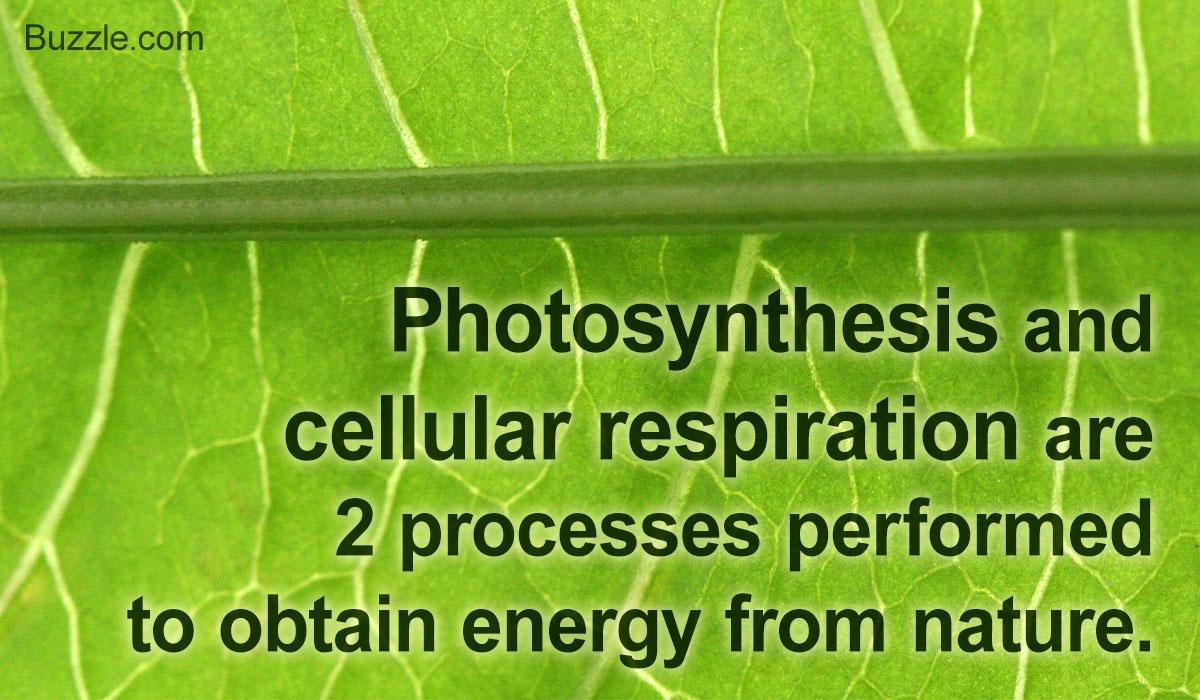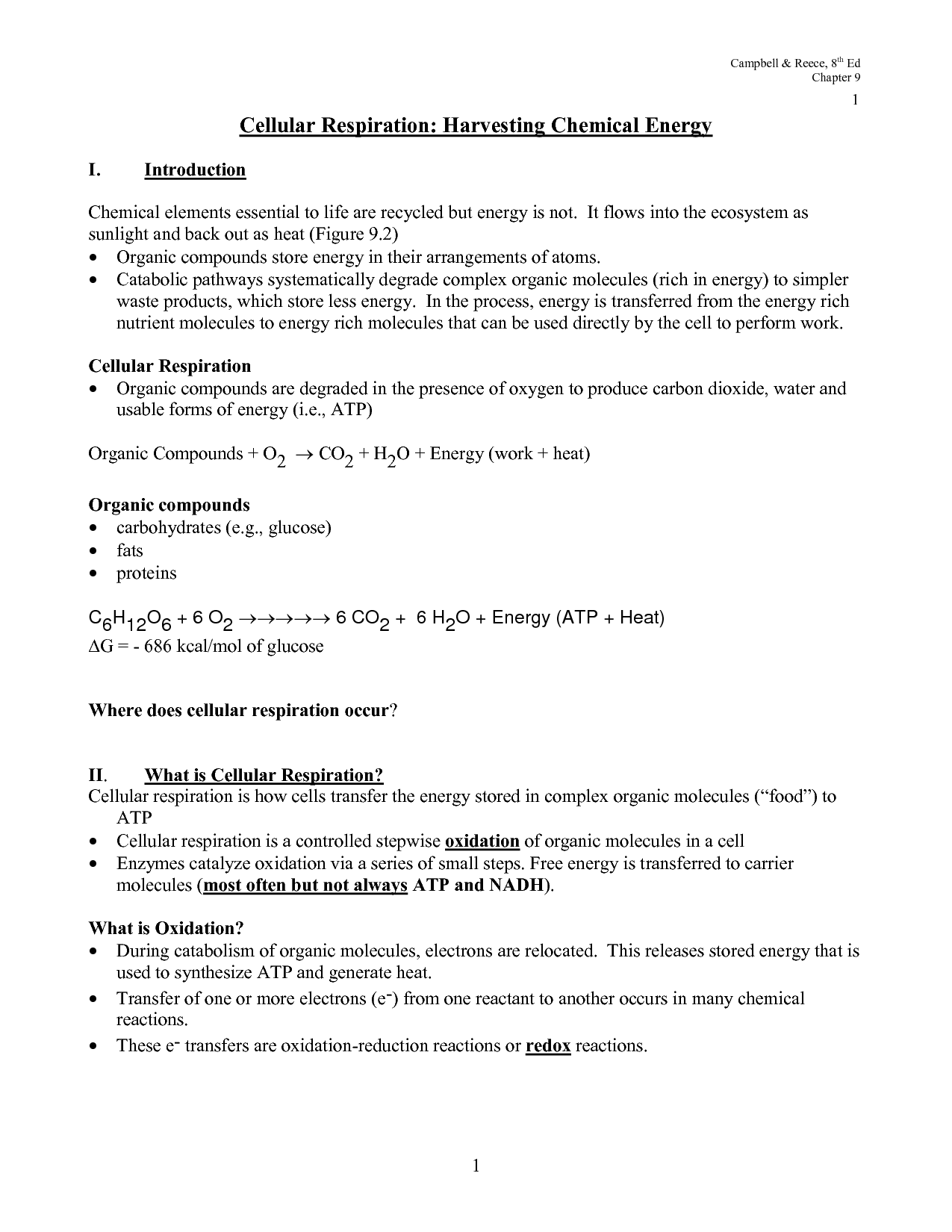Key Function Of Cellular Respiration Is To Generate
Key point: Cellular respiration involves catabolic reaction in order to break down food into usable energy so that cells, and the living organisms that contain them, can survive and thrive. To provide the driving force for the production of a proton gradient B. To function as the final electron acceptor in the electron transport chain C. To provide the driving force for the synthesis of ATP from ADP and Pi D. To oxidize NADH and FADH2 from glycolysis, acetyl CoA formation, and the citric acid cycle. Overview of Cellular Respiration and Fermentation KEY CONCEPT The overall process of cellular respiration converts sugar into ATP using oxygen. MAIN IDEA: Cellular respiration makes ATP by breaking down sugars. What is function of cellular respiration? 2. Does glucose actually react with oxygen during cellular respiration?
Network and security engineers that are seeking to create a centralized, cloud-capable solution for the management of encryption keys and data security need look no further thanEquinix SmartKey. It’s an ideal solution that allows you to seize the full potential of utilizing HSM as a Service in all areas of data and security protections afforded by concise encryption key management. Risk if hsm is not used to generate encryption key. So building your own server will cost less than buying an HSM, but it isn't cheap; and the key is at more risk than an HSM. It's especially problematic if you don't know how to properly secure it. Given all that, it becomes a matter of money vs risk.
Skills to Develop
- Define catabolism and anabolism and state which is exergonic and which is endergonic.
- Define precursor metabolites and state their functions in metabolism.
- Define the following:
- cellular respiration
- aerobic
- anaerobic
- Name one aerobic and two anaerobic forms of cellular respiration.
As mentioned previously, to grow, function, and reproduce, cells must synthesize new cellular components such as cell walls, cell membranes, nucleic acids, ribosomes, proteins, flagella, etc., and harvest energy and convert it into a form that is usable to do cellular work.
Catabolism refers to the exergonic process by which energy released by the breakdown of organic compounds such as glucose can be used to synthesize ATP, the form of energy required to do cellular work. Anabolism is the endergonic process that uses the energy stored in ATP to synthesize the building blocks of the macromolecules that make up the cell. As can be seen, these two metabolic processes are closely linked. Another factor that links catabolic and anabolic pathways is the generation of precursor metabolites. Precursor metabolites are intermediate molecules in catabolic and anabolic pathways that can be either oxidized to generate ATP or can be used to synthesize macromolecular subunits such as amino acids, lipids, and nucleotides.

In this section we will concentrate primarily on harvesting energy and converting it to energy stored in ATP through the process of cellular respiration, but we will also look at some of the key precursor metabolites that are produced during this process.
Cellular respiration is the process cells use to convert the energy in the chemical bonds of nutrients to ATP energy. Depending on the organism, cellular respiration can be aerobic, anaerobic, or both. Aerobic respiration is an exergonic pathway that requires molecular oxygen (O2). Anaerobic exergonic pathways do not require oxygen and include anaerobic respiration and fermentation. We will now look at these three pathways.
Summary
- Catabolism refers to the exergonic process by which energy released by the breakdown of organic compounds such as glucose can be used to synthesize ATP, the form of energy required to do cellular work.
- Anabolism is the endergonic process that uses the energy stored in ATP to synthesize the building blocks of the macromolecules that make up the cell.
- Precursor metabolites are intermediate molecules in catabolic and anabolic pathways that can be either oxidized to generate ATP or can be used to synthesize macromolecular subunits such as amino acids, lipids, and nucleotides.
- Cellular respiration is the process cells use to convert the energy in the chemical bonds of nutrients to ATP energy.
- Aerobic respiration is an exergonic pathway that requires molecular oxygen (O2).
- Anaerobic exergonic pathways do not require oxygen and include anaerobic respiration and fermentation.

Contributors
What Is Cellular Respiration
Dr. Gary Kaiser (COMMUNITY COLLEGE OF BALTIMORE COUNTY, CATONSVILLE CAMPUS)